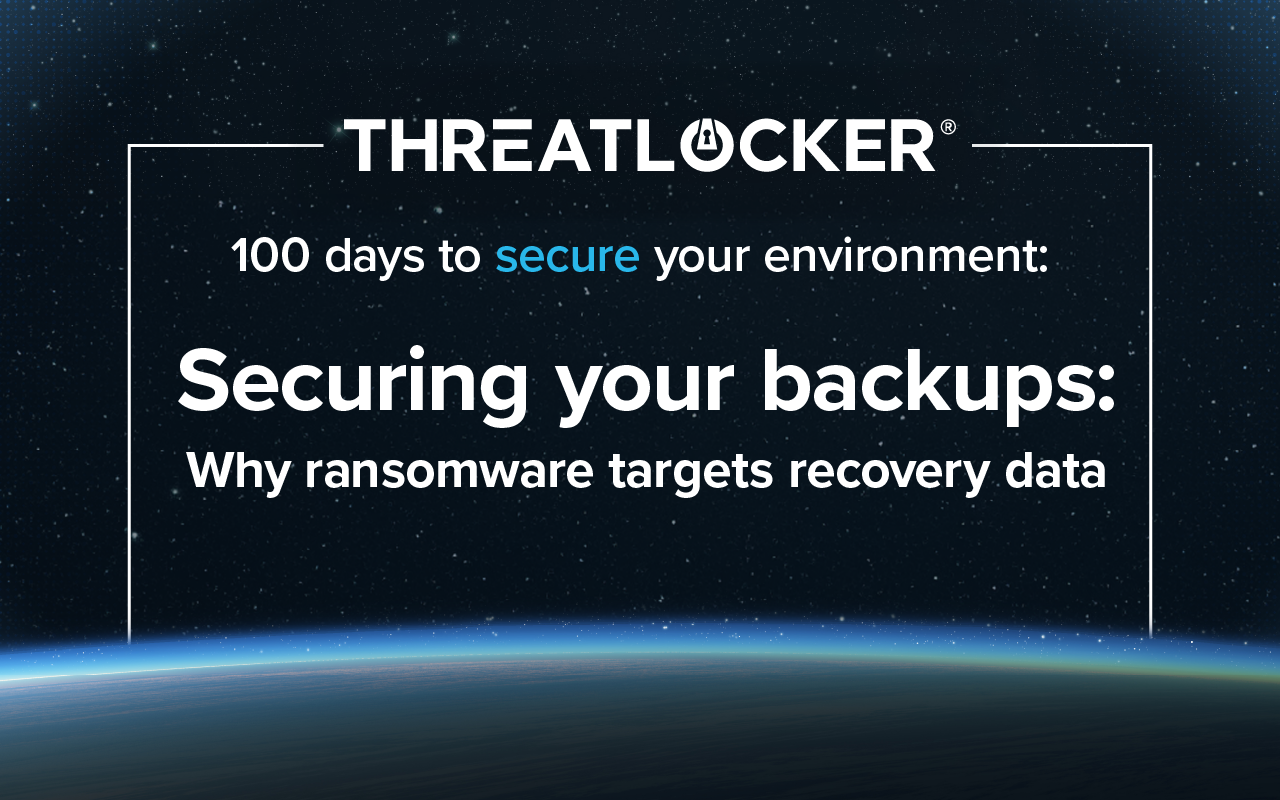Table of contents
A ThreatLocker audit showed 43% of companies had at least one employee visit an adult website on a work computer within a recent seven-day period. But even innocently unproductive staffers have a penchant for cyberloafing.
A recent academic study found that 10–30% of work time (1 to 2 hours per day) is lost to non‑work browsing resulting in over 25,000 person‑hours lost annually in a typical company.
Web content filtering keeps employees focused on business use by blocking inappropriate or unapproved sites that could impact productivity or security. Web content filtering also tackles the issue of shadow IT, which can include unauthorized tools like Dropbox or Trello. If a tool isn't approved, it should be blocked, and employees who wish to use that tool should submit a request for proper review and audit.
ThreatLocker offers an agent-based web filtering solution that functions regardless of whether the device is in the office or remote, ensuring company computers are protected even when off the corporate network. Unlike traditional DNS- or firewall-based filtering, which often fail to identify individual users and are prone to bypass, the ThreatLocker agent’s kernel-level blocking can identify the user, and the browser extension displays a user-friendly request window for a more manageable and secure solution.
Key features of ThreatLocker Web Control include:
- Ease of use: It is simple to activate and manage.
- Category blocking: Default lists are available for categories such as malicious sites, explicit content, advertising trackers, weapons, controlled substances, and proxies and anonymizers. Administrators can also create their own custom categories.
- Blocking unclassified content: In stricter environments, all unclassified sites can be blocked by default.
- Custom exceptions: Individual websites can be approved for specific, limited periods.
- Scalability: There is no limit on the number of allow/block entries, and tags can be used to manage large lists for quicker processing. CSV import for sites is also coming.
- Reporting: The system provides a clear report showing allowed and blocked activity, including detailed insights on requested sites like dating or gambling.
- Granular policies: Policies can be applied at the computer, group, and organization level, including on a per-user or group level. DNS-based filtering is also available for unmanaged devices.
- Cloud services control: It can distinguish and block personal OneDrive access while allowing the user's business OneDrive linked to their Office 365 tenant.
- Proxy compatibility: New functionality allows disabling network cache and specifying proxy IP addresses to ensure real-time checks when a proxy server is in use.
- Malicious scanning: When a user visits an unclassified site, ThreatLocker will classify the website within seconds.
Learn more about ThreatLocker Web Control. Book a ThreatLocker demo today.





